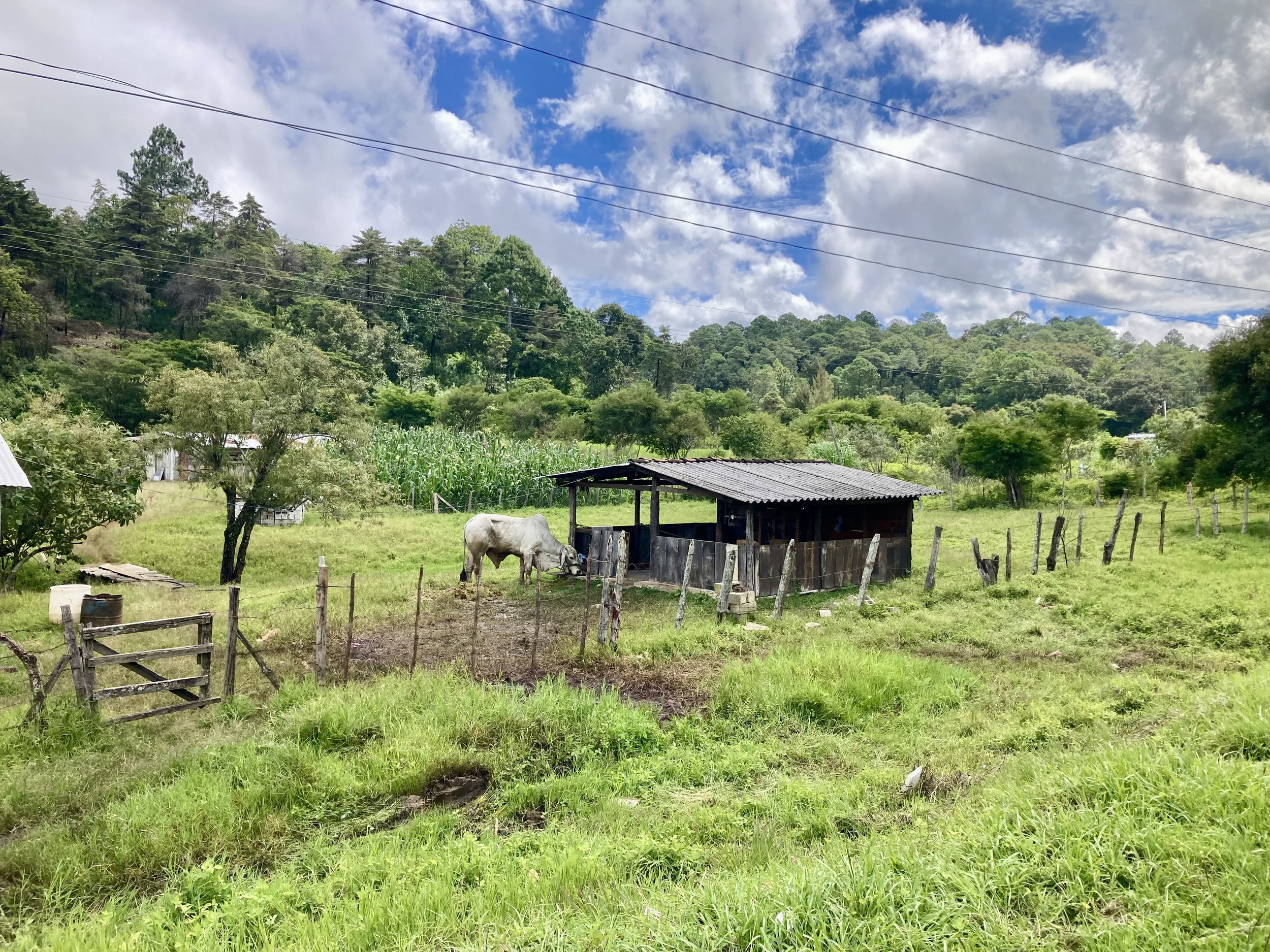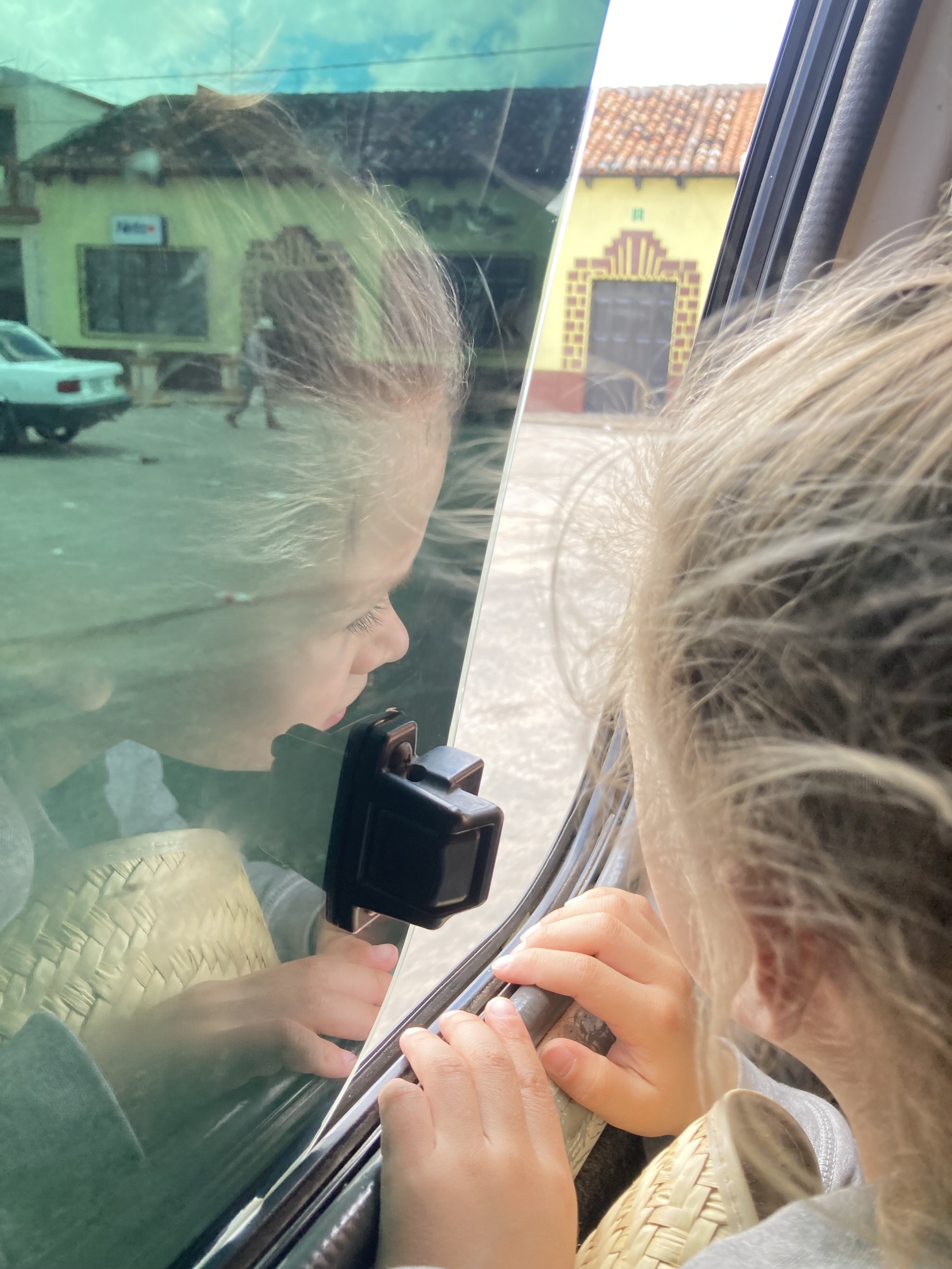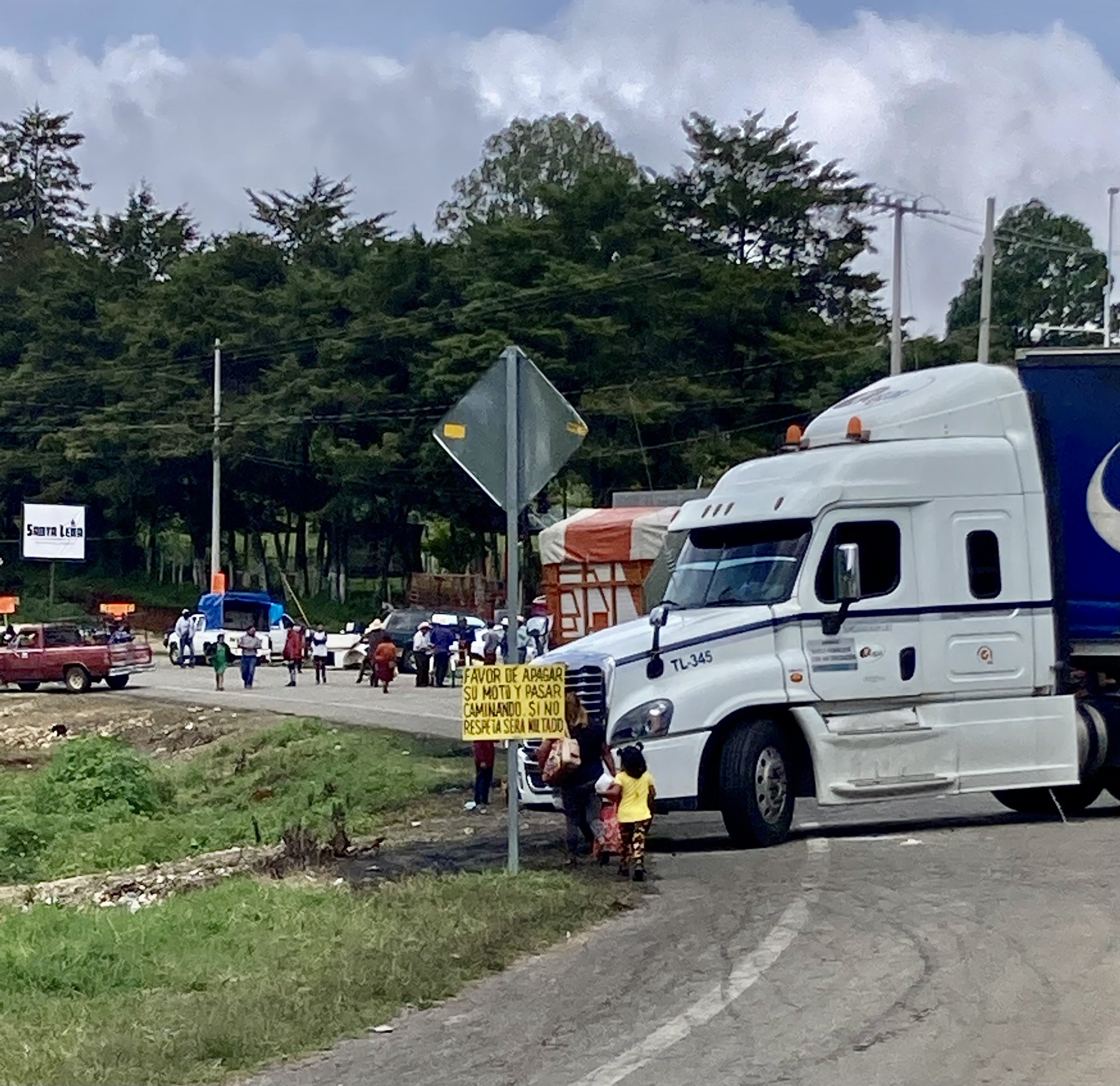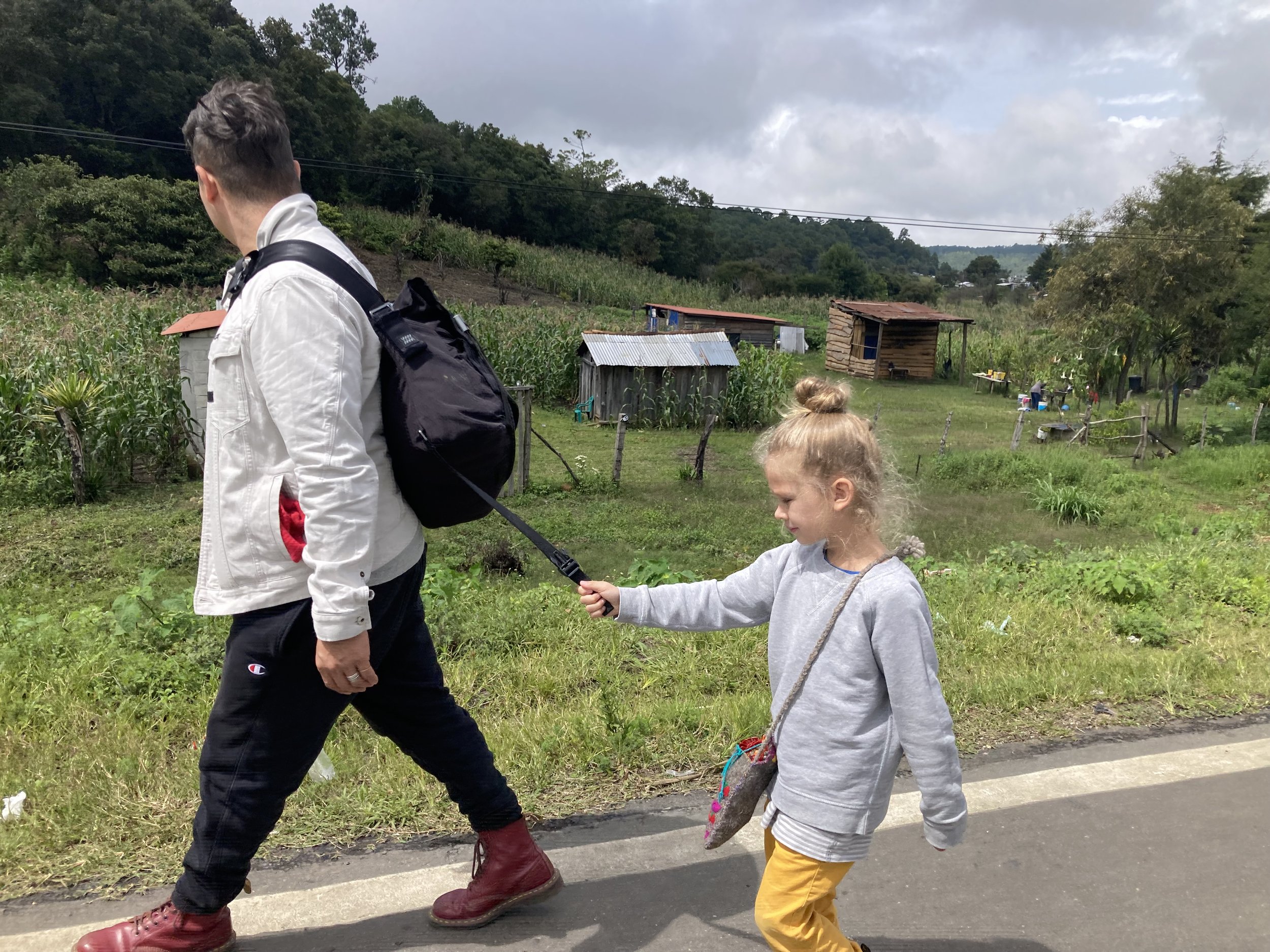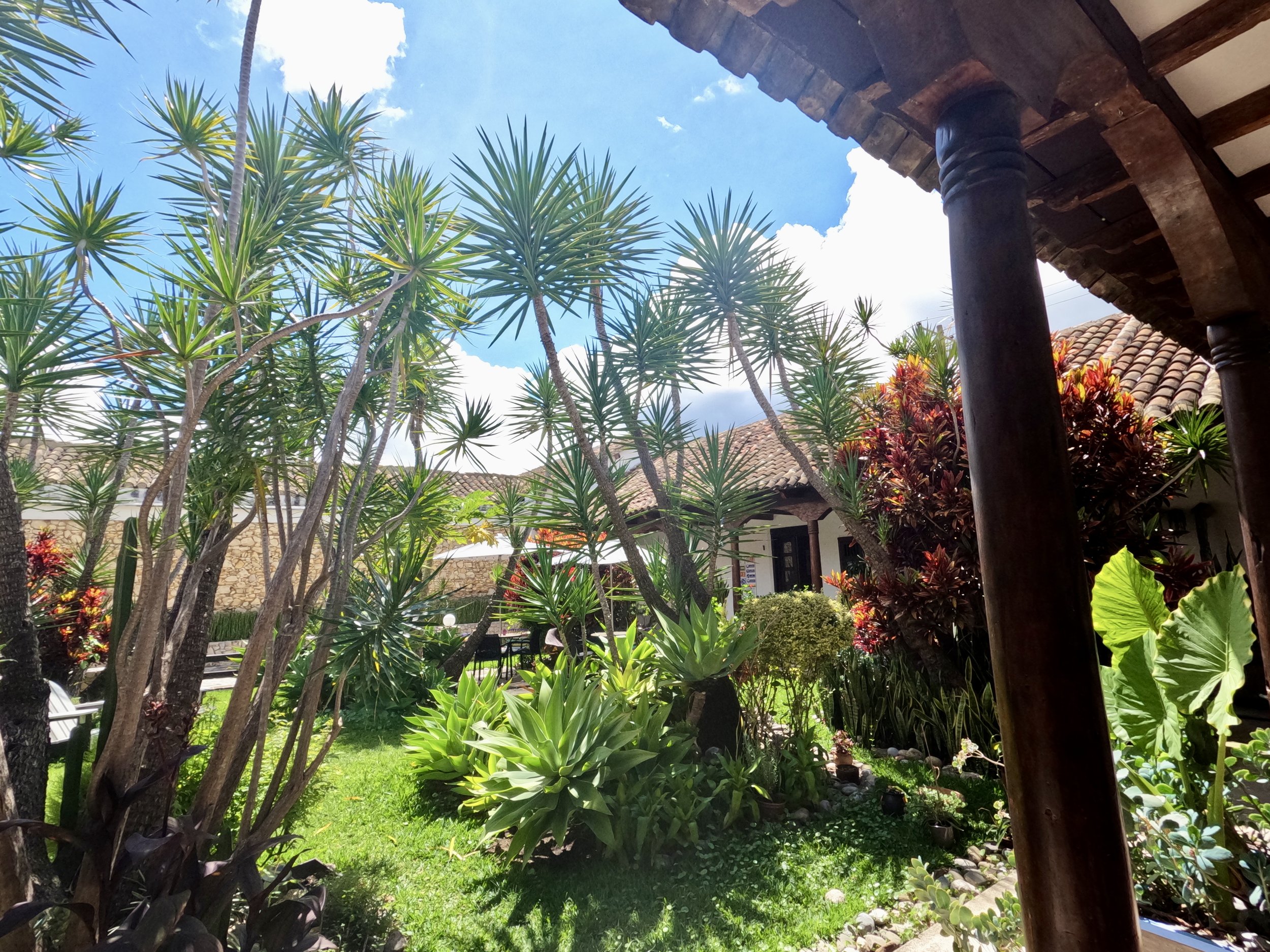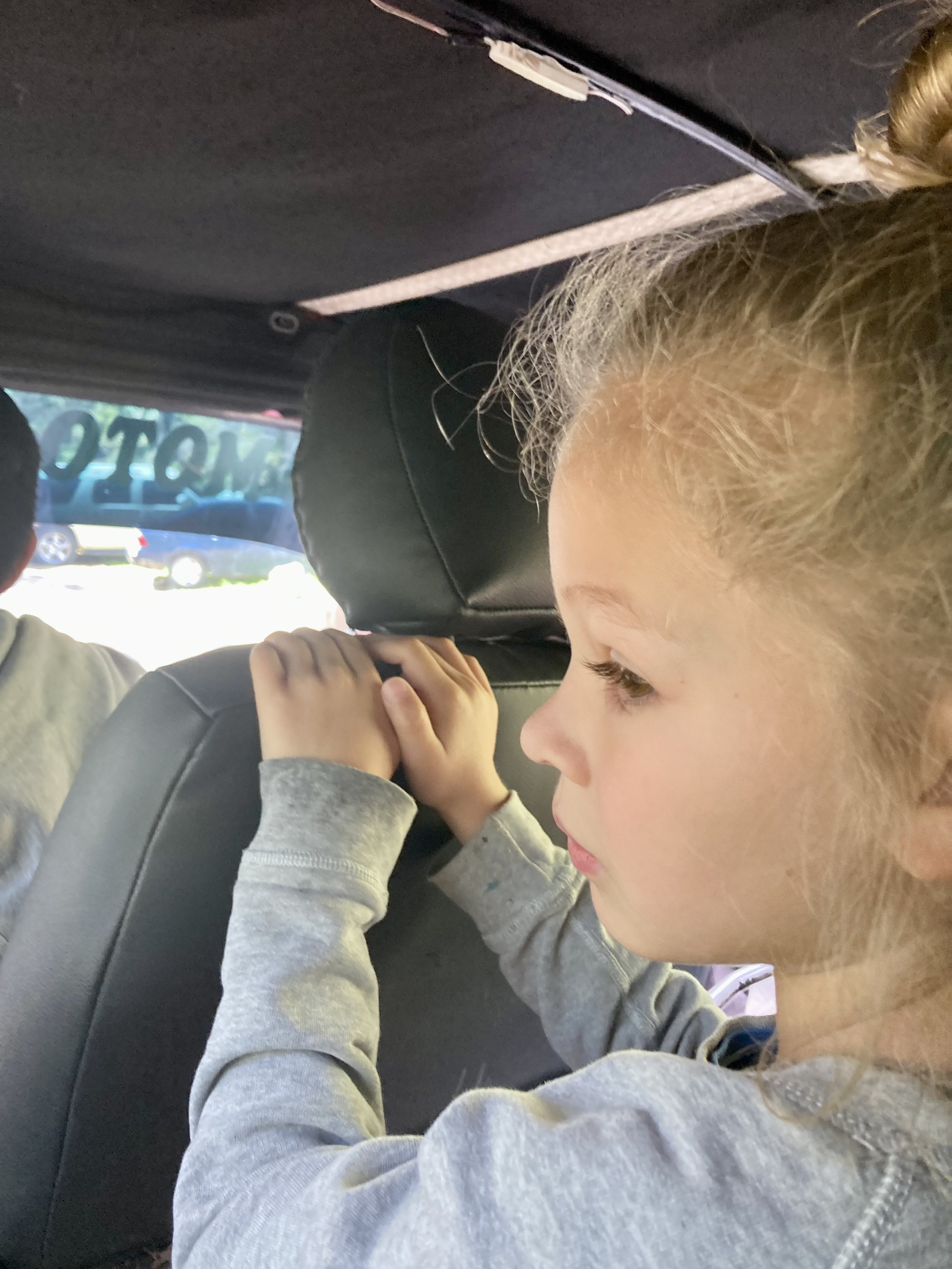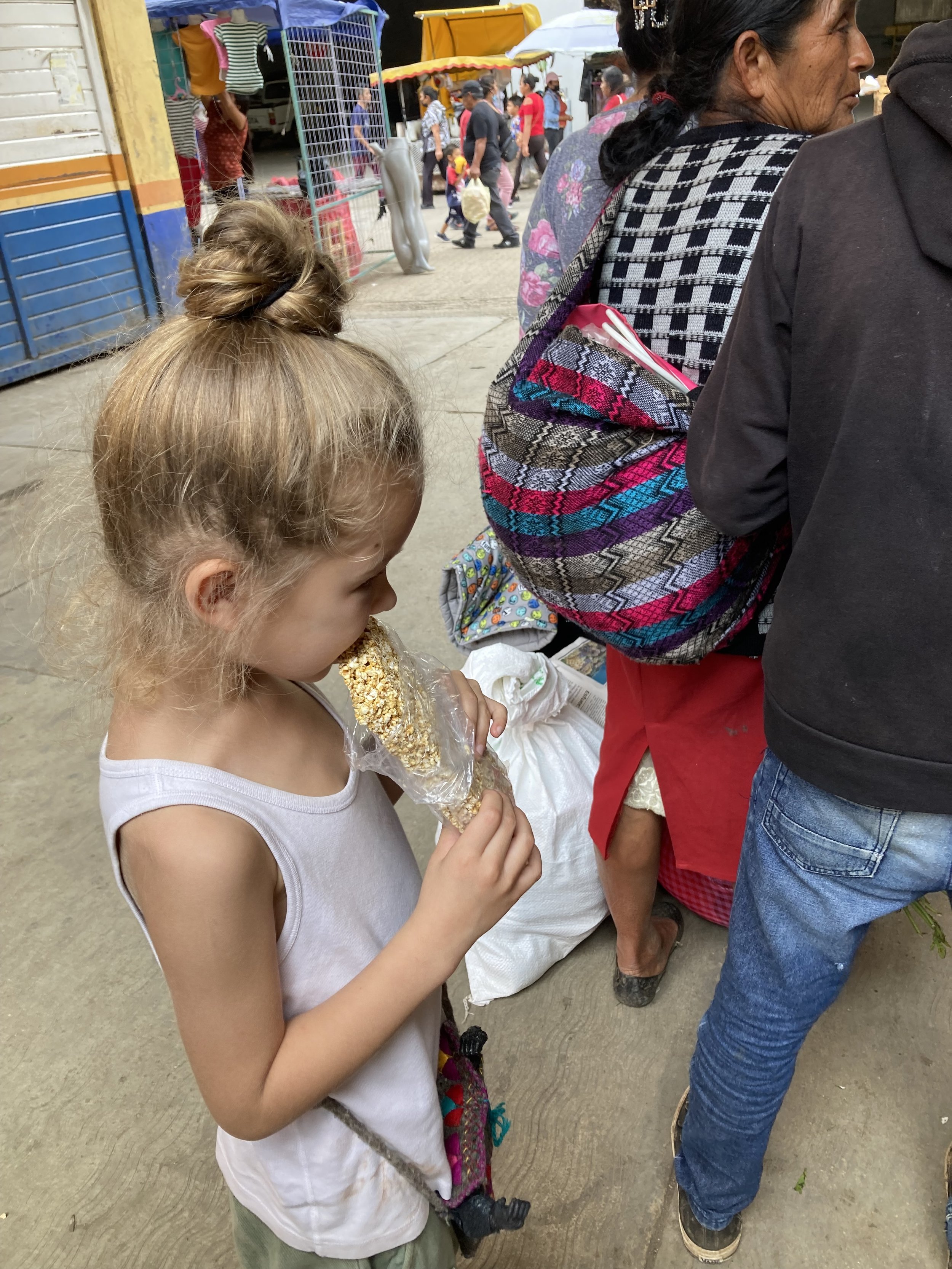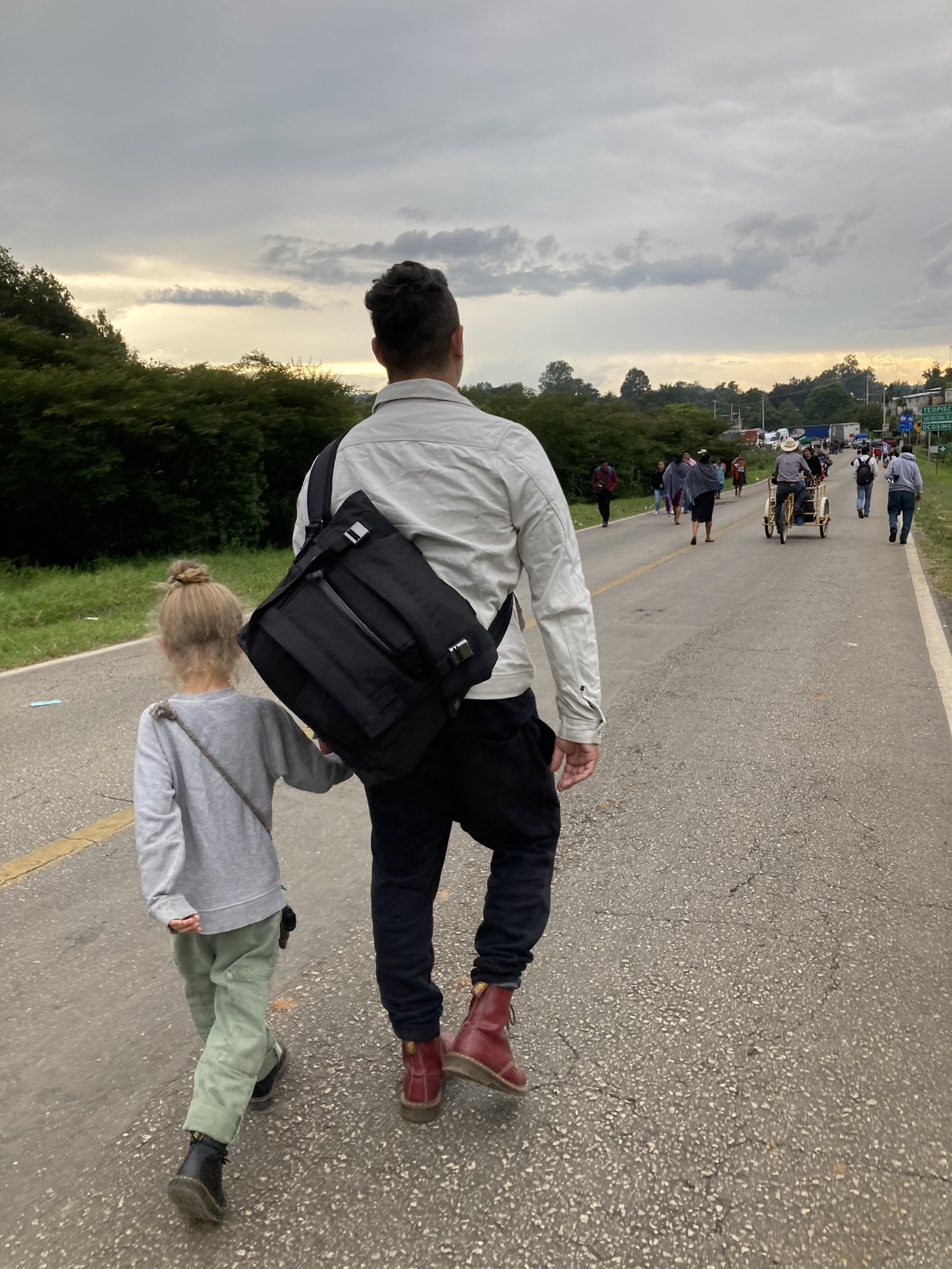Teopisca Indigenous Heartland Resistance
Community Action
The region that is now known as Chiapas has a long history of community action and collective resistance. For more than 500 years indigenous people in the highlands have resisted the land grabs, direct oppression, violence and political corruption that has come with the Eurpopean invasion and later state making that has produced modern day Mexico.
Teopisca, Chiapas
Situated in the highlands between San Cristóbal de Las Casas and the Guatemalan border, Teopisca is a small pueblo known for its gorgeous leather goods. For generations, Mayan artisans have been expertly crafting hand stamped and hand sewn leather bags and we are super honored to have some available in the shop. All of the bags we sell were personally sourced from Teopisca community working in the Santo Domino market in San Cristóbal de Las Casas and are made to last a lifetime.
Huelga and Protest
Teopisca and many small indigenous communities throughout Chiapas (and the world) find the most effective way to advocate for local needs is through protest. As a small community with limited representation, the most effective form of protest is leveraging their strategical geography. One of the main commercial transit routes passes through through Teopisca on its way to the Guatemalan border and in an effort to be heard communities in the region worked together closing these routes to commercial traffic.
Walking in Solidarity
During our visit the region was protesting the corruption of local government and the murder of a beloved local representative. The closure of the main transport route was a powerful way to call attention to their demands for a transparent and just new electoral process. This choice is never taken lightly as the closure also makes local commerce difficult and long distance truck drivers participating in the protest loose pay and sometimes put their livelihood at risk.
Local Organization
To address the need for localized movement and small business commerce, the organizers orchestrated a network of taxi, Moto taxi and small vans called ‘collectivos’ that would help to coordinate local movement throughout the blockade, transporting people and goods along sections of the route. This often meant walking short distances and piling into all kinds of transport vehicles with the daily flow of people making their way through the huelga (blockade).
Comitan, Chiapas
It was a long day of loading and unloading in and out of a wide range of transport with Mattias on our way to the border. We decided to stop for the night in Comitan an urban center and halfway mark to Guatemala from San Cristóbal de Las Casas. The elevation is slightly lower and as a result the environment is warmer and more humid, bringing with it mosquitoes - almost non existent in the highlands - and beautiful courtyard gardens.
Learning Patience
The next morning we began the journey to the border again, locating the collectivo bus terminal. This type of transport only loosely offers a schedule, mostly relying on the volume of travelers. As the first to arrive for the collective waiting to head to the border, we scored a front seat with its additional room and view out the front window - a bonus for those of us prone to car sickness ;) - but that also typically means a lot of waiting as the drivers will not start out until the bus is filled with the maximum number of passengers.
Made it to the Border
After a couple of transfers, the last leg of the trip was in private taxi. If you read the last blog post you know that we occasionally delight in a private ride. Once we reached the Mexican side of the border with Guatemala we waited for several hours at a small food stall eating lunch while Mattias played with a local amigo until an official border guard returned and we could cross over.
Local Snacking
We were not the only ones of course waiting for the collective back and the typical lines for local transportation were exponentially longer because of the blockades ahead. Waiting in line was a great opportunity to snack on locally made foods, sold to from meandering vendors. One of our favorites was a large bar made with local piloncillo cane sugar and salted popcorn. While waiting in one line we met another Mattias! In Mexico when you meet someone with the same name you call them your “tocayo”.
Long Way Home
Passing through Teopisca again the sun was setting and everyone was tired, hoping to catch the last options for transportation going to San Cristóbal. It was a beautiful time of day and the air was fresh again as we walked down the road past green pastures and grazing cows, patched together with milpa fields and flocks of birds swirling and filling trees with their song. In total over the course of two days we had taken 8 collectivo buses, 3 Moto taxis, and 5 taxis to make our way to the border, a journey that typically takes just over three hours and a single bus. It was a powerful lesson in solidarity and we were happy to hear a couple of weeks later that the blockade was successful in achieving new elections.
Huelga

